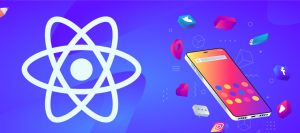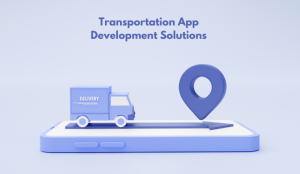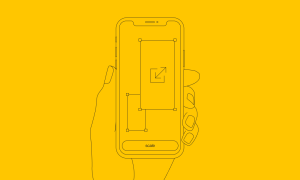Why is Flutter the New Spark in Mobile App Development?

The list of brands that continue to work with Flutter to build their digital presence are growing at a lightning speed. What once used to be limited to early age startups and a handful of known businesses, has today found a customer base in names like Google Ads, Postmuse, Xianyu, Groupon, Cryptograph, etc. But being in a strong competitive space amidst a range of cross-platform tools, it is difficult to not wonder – is Flutter app development still relevant today?
Let’s find out.
Now, since the cross platform app development framework has come too far, it won’t be fair to repeat the definition of ‘what is Flutter’. If you are active in the mobile development space, we are sure you must have heard of it.
What we, as a Flutter app development company, have experienced ourselves is that right from the navigation drawer to providing hero animation, Flutter has continued to stay true to its image of being fun and easy. This experience has not gone unnoticed by the businesses that are working on apps built on Flutter. There are several reasons why Flutter app development remains a spark in the mobile app space. Let us get to them.
What Makes Flutter the Right Choice for Mobile App Development Even Today?
Expedited cross-platform app development
The increasing popularity of the Flutter platform can be traced back to several reasons. The primary one would be offering fast-paced results.
Flutter architecture is built in a way that the developers are able to test and debug codes very quickly. Moreover, it helps meet the scheduled deadlines, cut down the cost involved, and lowers several effort and resource requirements in app development.
Flawless Firebase integration and 2D Glare
Like Flutter, Firebase was also created by Google. Right at the development stages of Flutter, Google made Firebase heavily compatible and integrable with the cross platform framework SDK. What it led to was easy web and data analytics, bug and crash reporting, and database management.
In addition to Firebase, Flutter also comes with a 2D Flare functionality which is ideal for creating animated, interactive UIs and games. The ease which 2D Flare provides to Flutter app developers makes it possible for them to create cool apps.
Numerous open-source packages
Flutter was built and continues to operate as an open-source project worked upon by a global community of developers. Moreover, the framework is built on multiple open-source packages which are available in the community for free.
The result of this open-ness and free-ness has been that the developers are able to choose which library or package they want to choose without compromising on any functionality. Some of the best free packages there on Flutter are:
- Frideos_flutter
- HTTP
- shared_preferences
- in_app_purchase
- SQLite
- Flutter ECommerce
- Loading Animations, etc.
Single codebase for multiple devices
Flutter is engineered to be a hassle-less l SDK used for building an application for different platforms like Android, iOS, and even desktops. It is all possible because of the framework’s single code base functionality.
For businesses – both startups and enterprises – this comes as good news because they are able to get their brand across multiple platforms at very low price and in minimal efforts. For the developers too it comes with good news. The framework cuts down the development, testing, and then the maintenance time by half.
Personalized widgets
Flutter framework comes backed with a number of interactive material, widgets, and customizable layers. All of these elements in a package together makes it easier for developers to build vibrant UIs and dynamic designs.
What is the best part about it is the fact that there are two widget packages in Flutter – Material Design (Android) and Cupertino (Apple) widgets. Meaning, developers are able to give end-users a truly native experience.
Easy to learn
Flutter framework is extremely easy to adapt on multiple operating systems like iOS, Android, or several monolithic kernel-based OSs such as Linux OS. What makes it so easy to adapt is the Dart programming language. And the best thing about the programming language is how simple it is.
The mobile app developers who have never seen a Dart code take a maximum of 2 weeks to learn the language. This simplified nature of language makes it very easy for the developers to create apps, thus cutting down the app development time by manifold.
Now that we have looked at the reasons why Flutter app development is a part of the mobile app future, it is important to note that you can only be a part of that future if you provide state of the art experience. And the only way to ensure that would be to hire Flutter developers who understand the framework inside out.






